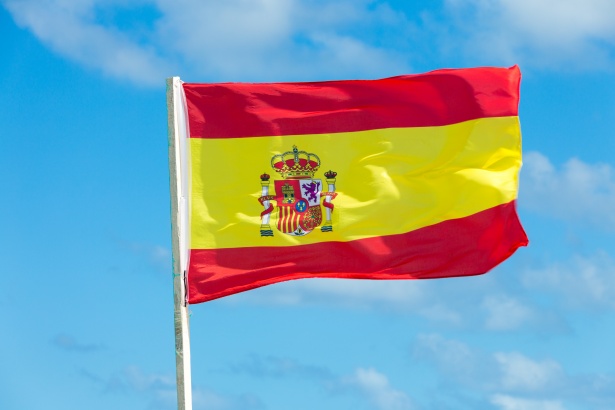Hola everyone! Today, let’s talk about Spanish.
WHY SPANISH?
Spanish counts 559 million people worldwide. Of those, 499 million are native speakers. It is the language with the second largest population of native speakers in the World.
Also, we need to mention that the second largest population of Spanish speakers resides in the US. In fact, 13% of the population speaks Spanish at home.
HERE’S WHY
There are many reasons why Spanish should be a priority in your localization and translation strategy. Here are some:
- According to an article published by Forbes, by 2050, one in three people in the US will speak Spanish. It is probable that this trend won’t only affect the US but other countries as well. This data shows that investing in creating content localized for Spanish speakers will have a huge ROI.
- Many Spanish speakers also speak a second language. Nevertheless, allowing users and customers to interact with your brand in their own language makes the experience inclusive, deeper, and more effective.
- Spanish is the third most frequently used language on the internet. With this information in mind, it is clear that localising websites and content to Spanish speaking countries should be part of your company’s growth strategy.
A BIT OF HISTORY
Spanish originated in the Iberian Peninsula as a dialect of spoken Latin. It belongs to the Romance languages. During the Roman Empire the Latin language was the official language on the peninsula. Latin mixed with the local languages of the inhabitants that at the time were the Celts and the Iberians.
The language became even more unique when the Visigoths invaded the area in the 4th century. Following the Visigoths, the Arabs arrived, and the language was enriched by Arabic words. The Reconquista period, between 711 and 1492, set Castilian Spain as the official language. It was standardized and is now the official language of Spain. Or at least, of its majority.
INTERESTING FACTS
1. Spain has 3 official languages.
In fact, even if Castilian is THE official language, there are other three languages in the country: Catalan, Basque and Galician.
2. Spanish is the official language of 22 countries in four continents.
Spanish (or Castilian) makes up almost one-fifth of the world’s official languages. This means that 15.8% of countries has Spanish as its official language.
- Europe: Spain.
- America: Argentina, Bolivia, Chile, Colombia, Costa Rica, Cuba, Dominican Republic, Ecuador, El Salvador, Guatemala, Honduras, Mexico, Nicaragua, Panama, Paraguay, Peru, Puerto Rico, Uruguay, and Venezuela.
- Africa: Ceuta, Canary Islands, Melilla, Equatorial Guinea, Gabon (Cocobeach area), Western Sahara.
- Oceania: Eastern Island.
3. Many words are spelled the same but change in meaning.
In fact, meanings change if words are used with a different grammatical gender. E.g :
El cometa=the comet
La cometa = the kite
El cura = the Catholic priest
La cura = the cure
Interested in investing in Spanish localisation or translation? Get in touch!

